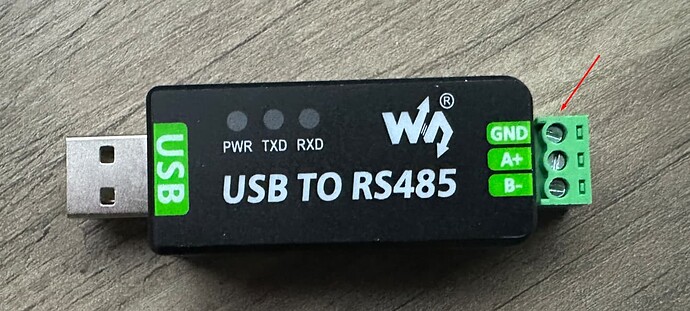-
Wall warts - a power supply with a built-in plug top; UK wall warts have a three pin uk plug. They are mostly (all?) all double insulated; they should have the double insulated sign (square within a square) on the label and a plastic earth pin on the plug. As they have no earth connection, the DC power output is isolated from ground, and is floating at DC.
-
Laptop style power supplies are generally power supplies with a separate cord set (mains lead and plug). They may have a two pin (C7/8 figure 8) or three pin (C13/14 IEC, C15/16 Kettle, C5/6 cloverleaf) connector on the power supply body, that the mains lead plugs into. For more information on the connector types, see
IEC 60320 - Wikipedia
If the laptop psu has a double insulated sign or a two pin C7/8 connector on the body, then it will have no earth connection, so again the DC power output is isolated from ground, and is floating at DC.
I have three laptop style power supplies with no double insulated sign and C13/14 connectors on the power supply body. The mains earth is connected to the negative side of the power output on these, and so the DC output is not isolated from earth. One is a 12V supply for an old LCD monitor, the other two are 19V output for laptops. So care in identifying a laptop style psu is needed.
- RS485
I don’t have any experience of using RS485.
Information on RS485 is available at:
RS-485 - Wikipedia
https://www.ti.com/lit/an/slla272d/slla272d.pdf
Quoting Wikipedia:
In addition to the A and B connections, an optional, third connection may be present (the TIA standard requires the presence of a common return path between all circuit grounds along the balanced line for proper operation)[29] called SC, G or reference, the common signal reference ground used by the receiver to measure the A and B voltages. This connection may be used to limit the common-mode signal that can be impressed on the receiver inputs. The allowable common-mode voltage is in the range −7 V to +12 V, i.e. ±7 V on top of the 0–5 V signal range. Failure to stay within this range will result in, at best, signal corruption, and, at worst, damage to connected devices.
Care must be taken that an SC connection, especially over long cable runs, does not result in an attempt to connect disparate grounds together – it is wise to add some current limiting to the SC connection. Grounds between buildings may vary by a small voltage, but with very low impedance and hence the possibility of catastrophic currents – enough to melt signal cables, PCB traces, and transceiver devices.
I don’t know if a domestic installation would have problems with ‘disparate grounds’ - perhaps @Robert.Wall could comment on this?
So if a RS485 to USB converter is powered directly from a floating DC output, the G reference will not be present at both ends of the RS485 connection. This will also apply if the converter is powered indirectly from a floating DC output i.e. via a Raspberry Pi, unless something else plugged into the Raspberry Pi provides a ground.
Note that if you are using a emonVS, I think that the mains input lead provides an earth connection which is connected to the 0 volt line on the emonTx4/5 or emonPi V2, so this will provide a ground reference (assuming that the emonVs versions that come without a 3 pin plug have the earth wire connected to the right place!).
Apologies in advance for any blunders!


